We focus on two main areas in materials science: new materials based on chemical, biological, and physical manipulation and reconstruction of natural fibres and materials; and artificial, fabricated materials with properties that don’t occur in nature, such as metamaterials.
Wool-based fibre research
Wool is a natural material and one of the oldest fibres used for warmth and protection. It naturally provides comfort and warmth by managing moisture and temperature. It is flame retardant, binds colour, and binds and neutralises pollution.
We are investigating the composition and structure of wool, and methods to develop new materials that maximise these natural properties but change the fibre’s physical format. By converting wool into particles, powders, pigments and extruded materials, we can deliver wool’s natural properties into a wide range of products well beyond traditional fibre use. These include re-formed fibres, powders, pigments, and particles.
Novel cellulose fibres
Cellulose is a highly abundant and widely used natural material. However, methods for converting cellulose into textile fibres are typically environmentally damaging. We are developing cellulose-based materials from a range of plants, using conversion methods that are much more sustainable than current industrial practice. This opens up the potential to source cellulose from a wider range of plant materials and to improve existing cellulose fibre production.
Metamaterials
A metamaterial is an artificial material with properties not found in naturally occurring materials. They are assembled from multiple individual elements using composite materials such as metals and plastics. While relatively uncommon and at the forefront of research, they can guide and focus light, microwaves or sound waves in ways that are impossible with natural materials. For example, a metamaterial can be made to have a negative refractive index so that light ‘bends the wrong way’ when passing through it, yielding otherwise impossible properties.
Our main metamaterials research is cutting-edge development of theory, design, and fabrication of microwave negative-refractive-index lenses using metamaterials. These lenses, made from fastidiously designed and fabricated electronic components and structures, have the potential to be “perfect lenses”, breaking conventional microwave resolution limits.
The Team
-
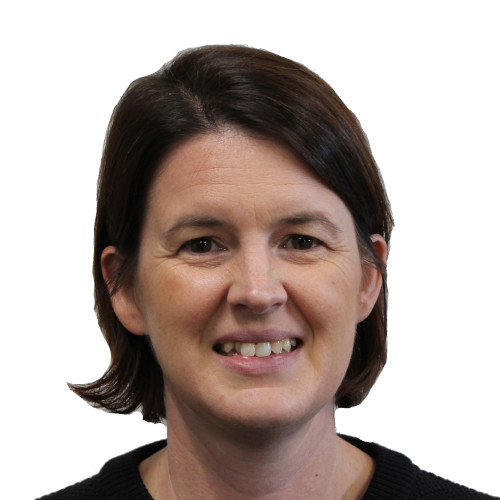
Amy Cruickshank
Senior Research Scientist -
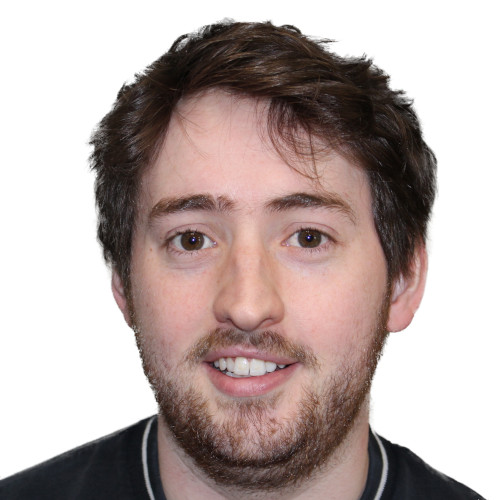
Ben Edwards
Chemical Technician -
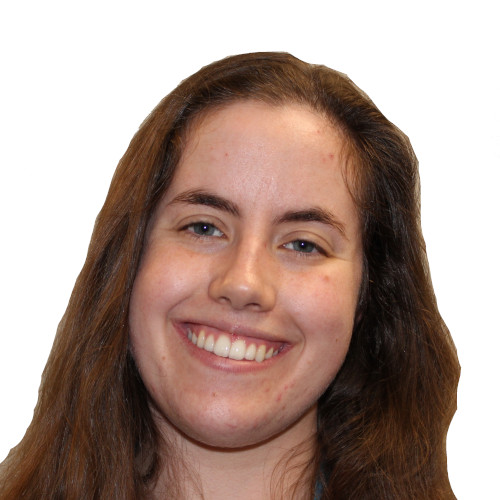
Erica Sue-Tang
Research Assistant -
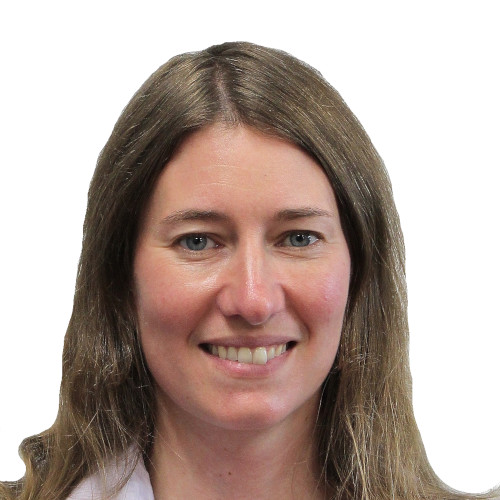
Eva Anton
Green Futures Science Programmes Lead -

Gail Krsinic
Wool Science Leader -
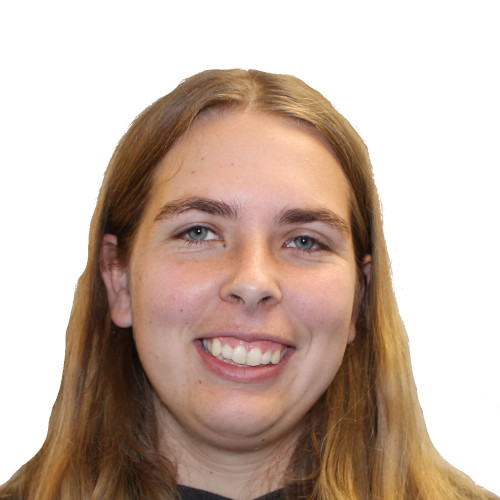
Haidee Middlewood-Krsinic
Process Development Engineer -
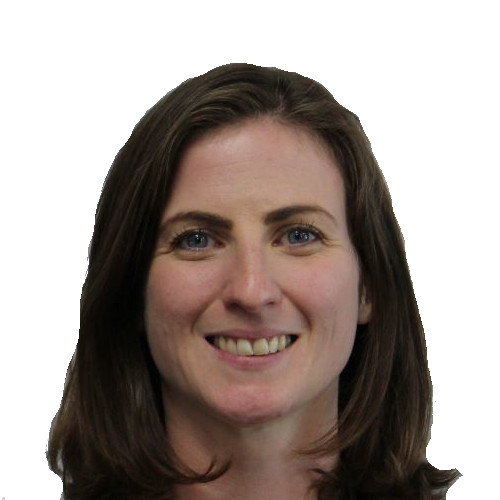
Helen Ashmead
Research Team Leader Fibres -
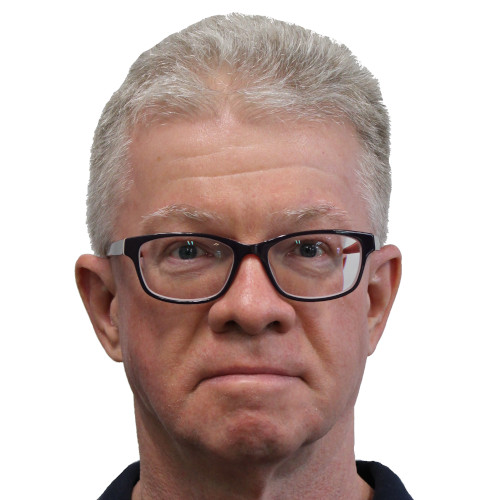
Kim Eccleston
Research Scientist -

Matt Jones
Research Scientist -

Max Butler
Lead Process Engineer -
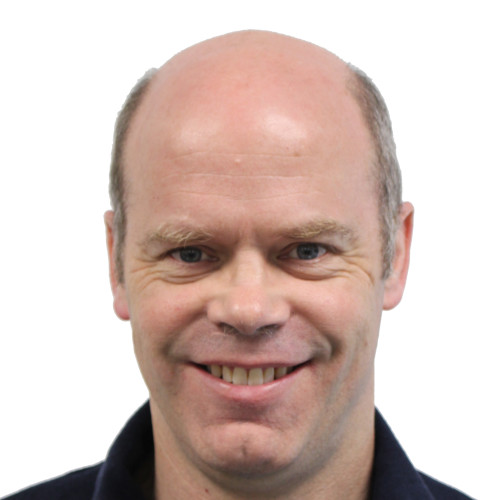
Rob Kelly
Group Manager, New Materials & Biotechnology -

Roger Cook
Workshop Engineer -
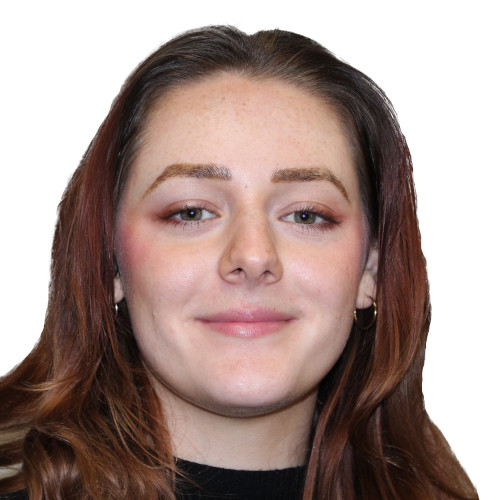
Samantha Thomas
Chemical Technician -
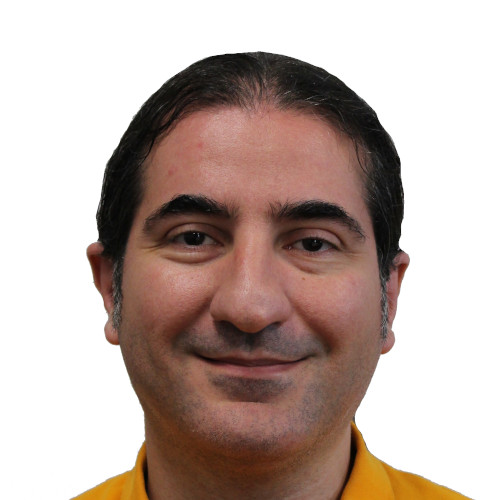
Shaahin Saleh
Fibre Science Leader -

Thomas Hughes
Process Development Engineer


